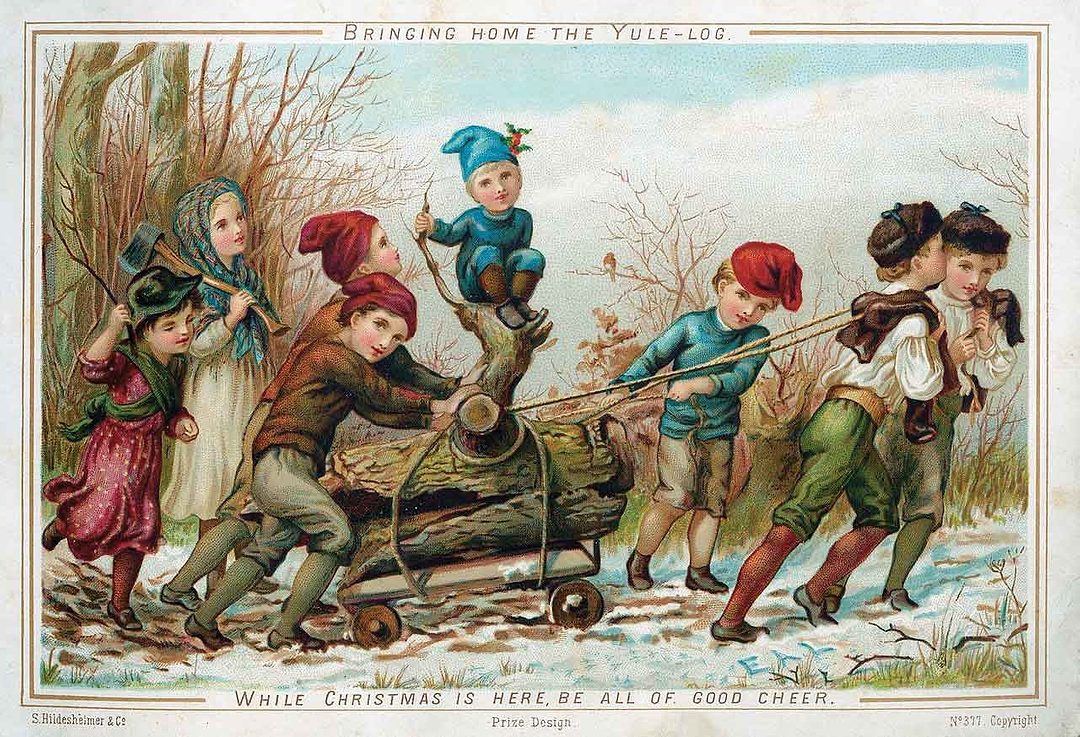“‘Christmas won’t be Christmas without any presents, grumbled Jo, lying on the rug.’” This opening line from Little Women has linked Louisa May Alcott with Christmas for the past 150 years. In keeping with the spirit of the novel, Alcott penned dozens of short stories about the true meaning of Christmas, loosely modeled after Charles Dickens’ A Christmas Carol. Like Dickens, Alcott sought to teach her young readers about the virtues of giving versus receiving.
These stories reflect Alcott’s home life, as noted in her 1852 journal: “Our poor little home . . . was a shelter for lost girls, abused wives, friendless children, and weak or wicked men. Father and Mother had no money to give, but gave them time, sympathy, help; and if blessings would make them rich, they would be millionaires. This is practical Christianity.” 1
Like Little Women, these stories are quasi-autobiographical. Alcott had much life experience upon which to draw. Bronson and Abba Alcott insisted that although they were impoverished themselves, the family would always have something to share with the poor. The wealth and fame that resulted from the success of Little Women provided Alcott with the means to live out the directives of her parents.
 Photo by Susan Bailey
Photo by Susan BaileyThe purpose of Bertie’s Box, as with all of Alcott’s juvenile writing, was to teach morality. What makes these stories rise above the popular but tedious didactic tales of the day was the genuine love, respect, and understanding that the author had for her readers. The virtues of love, patience, industry, and generosity that she imparted were qualities she had listed in her diary as personal goals.3 Children somehow knew that Louisa May Alcott was their friend who understood their struggle to be good.
All of her Christmas stories demonstrate that Alcott’s “practical Christianity” was also personal: the poor were individuals with a name, a face, and a story. In an age where charitable giving was becoming institutionalized, and the poor vilified, Louisa’s stories bestowed dignity upon the poor while teaching children how to care for them. Such a timeless message keeps her tales relevant for today’s readers.
Samplings of Alcott’s Christmas tales include:
A Christmas Dream, and How It Came True tells the story of Effie and how a dream inspired by a reading of Dickens’ A Christmas Carol transforms this privileged, selfish, and ungrateful child into an angel of generosity to orphaned girls.
The Little Red Purse belongs to Lu, who, moved by the plight of the poor she met on her street, gives up her beloved candy and instead saves her pennies for those in need. She “adopts” Lucy and her impoverished family, providing for their needs as she learns of their hardships.
A Christmas Turkey, and How It Came is about the children of a poor family who band together to provide a turkey for Christmas dinner. Their actions inspire their drunken father to reform his life.
You can find Louisa May Alcott’s Christmas stories in these two collections:
Louisa May Alcott’s Christmas Treasury: The Complete Christmas Collection, edited by Stephen M. Hines
Christmas Tales and Stories by Louisa May Alcott, edited by Laura Ciolkowski
NOTES
1 Joel Myerson and Daniel Shealy, Eds., The Journals of Louisa May Alcott (Athens: University of Georgia Press, 1989), p. 67. 2 Ibid, p. 231. 3 Louisa May Alcott’s Christmas Treasury: The Complete Christmas Treasury, edited by Stephen W. Hines (River Oak Publishing, 2002), pg. 283


